July 2006 Vacation
Fort Worth Botanical Gardens
http://www.fwbg.org/gardens.htm
Japanese Garden


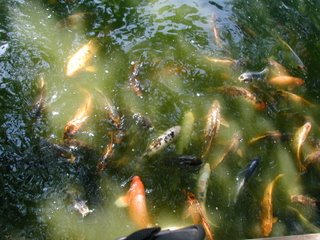
Conservatory (Tropical Rain Forest)


Ft. Worth Stockyards

Chisholm Trail
The Chisholm Trail was a route used in the late 19th century in the western United States for cattle drives, the movement of cattle overland. The trail stretched from southern Texas across the Red River to Abilene, Kansas and was used from 1867 to 1884 to drive cattle northward to the railhead of the Kansas Pacific Railway, where they were shipped eastward.
The trail is named for Jesse Chisholm who had built a number of trading posts in what is now western Oklahoma before the American Civil War.
History
In 1866 in Texas, cattle were worth only $4 a head, compared to over $40 a head in the North and East, because lack of market access during the American Civil War had led to increasing number of cattle in Texas.
In 1867, Joseph G. McCoy built stockyards in Abilene, Kansas. He encouraged Texas cattlemen to drive their herds to his stockyards. The stockyards shipped 35,000 head that year and became the largest stockyards west of Kansas City, Kansas.
O. W. Wheeler and his partners used the Chisholm Trail to bring a herd of 2,400 steers from Texas to Abilene in 1867. This herd was the first of an estimated 5,000,000 head of Texas cattle to reach Kansas over the Chisholm Trail.
On these long trips the cattlemen would have a lot of difficulties. The trips to the railroads were not easy. The trips took about two to three months. Also they would have to cross major rivers like the Arkansas and the Red, and innumerable smaller creeks, plus the topographic challenges of canyons, badlands and low moutain ranges. Also the weather was not always great. In addition to these natural dangers, there were rustlers and other badmen, unpacificed Native Americans (Oklahoma at that time was Indian Territory, governed from Fort Smith, Arkansas), and the natural contrariness of the half-wild Longhorn cattle themselves, who were prone to stampede on little provocation.

 Longhorn Cattle
Longhorn CattleThe Spanish brought the first longhorn cattle to America in 1493. Descendants of these longhorns formed the first cattle population in North America.
The first Anglo-American settlers of Texas came to raise cotton. However, they brought with them a few cows, mostly of northern European breeds. These cows mixed with the Spanish breeds already in Texas and soon grew into considerable herds. Most of the cattle for the first stocking of the central and northern plains came from these herds.
These Texas cattle had long legs, lanky bodies, with legs and feet built for speed. It took a good horse with a good rider to outrun a Texas Longhorn. Their narrow faces, sullen expressions, and horns that swept out horizontally, gave these cattle a sinister look. And indeed, they could be mean.
A century or so of running wild had make the longhorns tough and hardy enough to withstand blizzards, droughts, dust storms, attacks by other animals, and Indians. They did not require great amounts of water to survive. Their horns served for attack and defense. A strong sense of smell made it easy for the cow to find her calf and she would ferociously defend this calf.
And the bulls... There was probably no meaner creature in Texas than a Longhorn bull. The slightest provocation would turn him into an aggressive and dangerous enemy. The bull's horns usually measured six feet or less from tip-to-tip, but could measure over eight feet long. In addition, the sharpness of horns of any length, the speed and muscle power of the bull, and the ease with which he could be aroused and enraged, made him a dangerous and uncontrollable animal. When two bulls met, there was sure to be a fight, often to death. And only a very well-armed cowboy had a chance against a Longhorn bull.
Lake Worth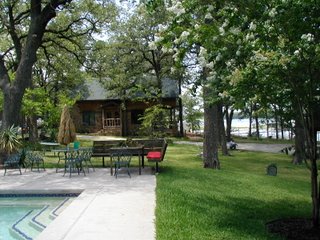

Mom's House
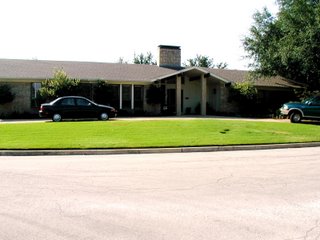
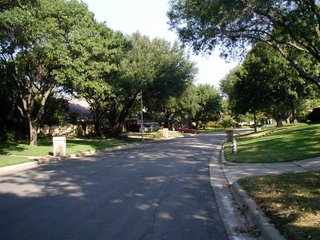
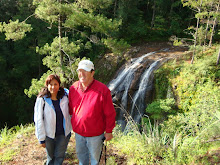

0 Comments:
Post a Comment
<< Home